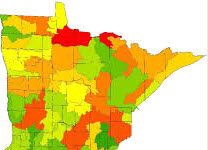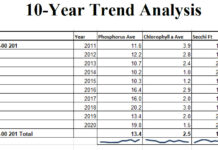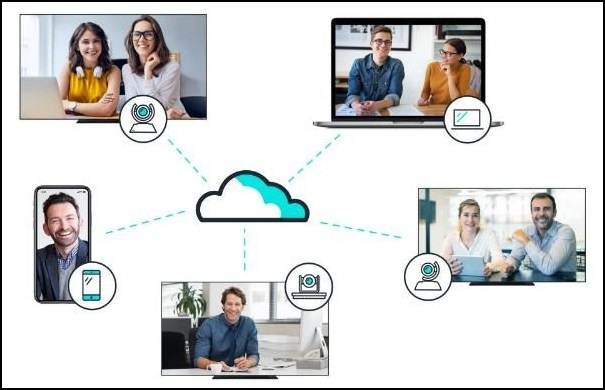Social/physical distancing has had a profound effect on the ability of Boards and Committees to manage their organizations. Preferred is to regularly and personally meet to have face to face interaction with associates and have the ability to include written and graphic materials in presentations. At the present time this is not only discouraged but it is also prohibited. Though not preferred, technology offers alternative opportunities to personal meetings using now common devices and the internet.
The ability to conference electronically is not new. For many years people have gradually become more and more comfortable with remotely communicating and interacting with others. The proliferation of not only desktop computers but also personal devices like laptops, tablets and smart phones have facilitated this evolution. Even grandparents who come from early stages of electronic technical development are comfortable with talking with and seeing their grandchildren using Facetime on their smart phones.
The recent curtailment of personal interaction has greatly intensified interest in electronic conferencing. Many applications have been developed that offer a plethora of functions and features.
The first of these applications that I was made aware of is GoToMeeting (GTM). GTM was developed in 2004. Their popularity has not diminished since that time. GTM powers over 77 million meetings a year and boasts 99.9% uptime. GTM has many features including sharing of screens and recording of sessions.
Very popular at this time is an application called Zoom. The popularity is spurred by its free plan. The free plan limits sessions to 40 minutes
I recently circulated a survey among members of two Boards that I belong to. The survey is intended to find out what devices the Board Members have at their disposal and if they have any knowledge of or preferences for specific applications. You are welcome to participate in the survey. Audio/Visual Conferencing Survey
Fo r more information see this Article email to lakehelp2@gmail.com

















